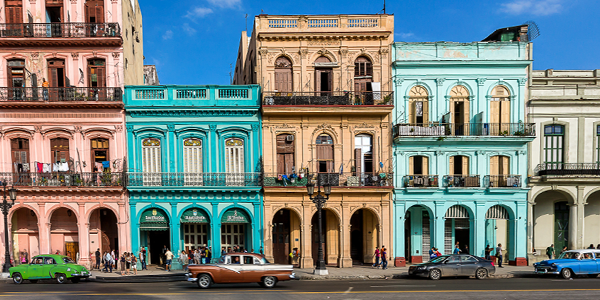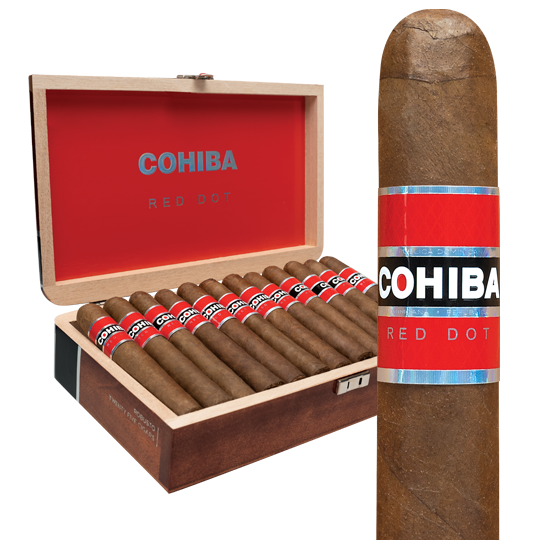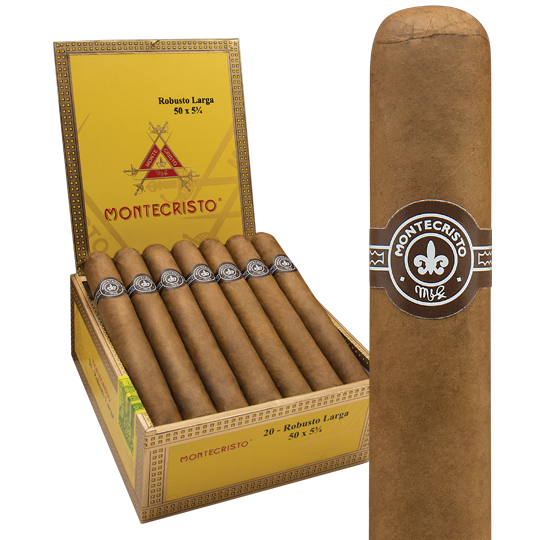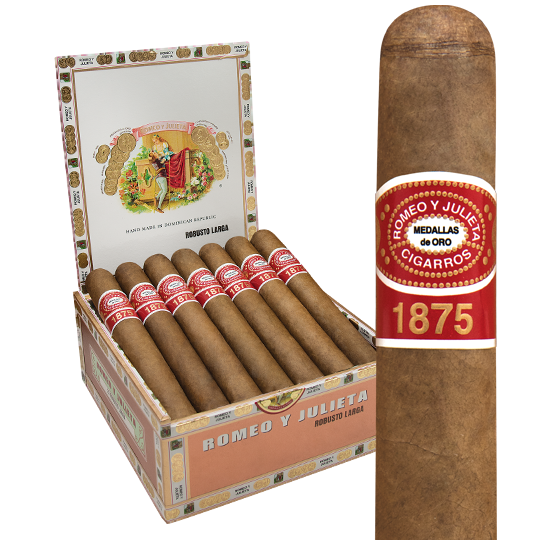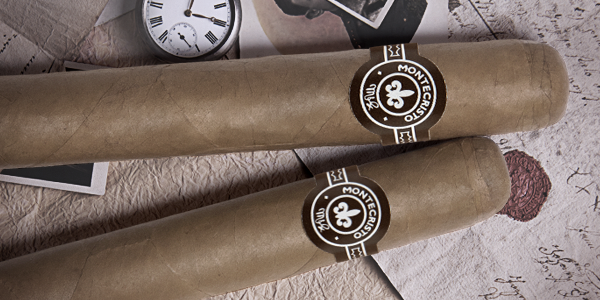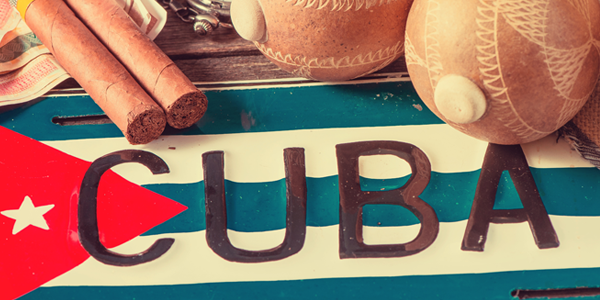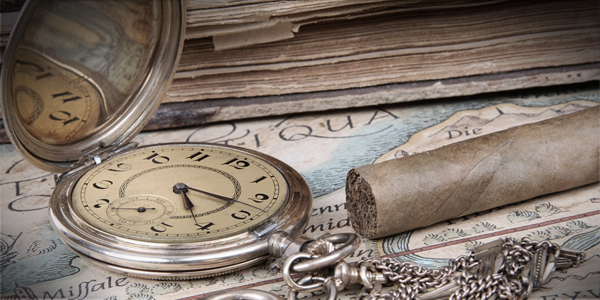History of Cuban Cigars
Cuba, understandably, constitutes a robust curiosity for cigar aficionados. Diehard connoisseurs and novices frequently express inquiry and debate on the origins of why Cuban cigars are good. In arriving at an informed perspective, you should consider the history of Cuban cigars.
After a long and arduous voyage across the Atlantic Ocean, reliable sources tell us that Columbus and his crew needed to relax. Fortunately, some of the sailors stumbled onto a few locals in either Hispaniola (today’s Haiti and Dominican Republic) or Cuba smoking something wrapped in either a palm or plantain leaf. The Taino [TAH-ee-no] natives in Cuba, where Columbus set up operations, shared their primitive form of cigar which contained dried, twisted tobacco leaves. The visitors found it calming and wondered where they could get a Scotch or Bourbon. Okay, maybe not, but tobacco did catch fire and made its way back to the Old World, especially Spain and Portugal. Cuba, naturally, later became the place where the Spanish crown set up the first cigar factory, in about 1542.
A Love Affair
Spain strictly enforced its control of the Cuban cigar industry and nearly ruined it with a 1717 decree giving the state sole ownership of all things tobacco. The Anglo-Spanish War, in 1762, left England in control of Havana for about nine months and free trade flourished. Before a treaty could be signed giving Spain control once again, Cuban tobacco and cigars made their way around the world and a love affair began.
The first private brand to defy Spain’s renewed state control was Cabañas, established by Francisco Cabañas in 1797. Cabañas is considered the first registered handmade Havana cigar brand. In 1848, Jaime Partagás launched ‘Flor de Cabañas,’ implying that the cigars were being made at the Cabañas factory. A lawsuit led to the removal of Partagás’ reference to Cabañas and the adoption of the now famous ‘Flor de Tabacos de Partagás y Compañia,’ just Partagás to most of us. ‘Por Larrañaga’ came along in 1834 and Punch in 1840. Cabañas lasted until 1962 and was discontinued after being nationalized by the revolutionary government of Fidel Castro.
The Big Split
Cuban cigars prior to 1959 set the tastes for aficionados worldwide. The quality of the soil in Cuba’s Pinar del Rio, the main tobacco region, was distinctive. Growers took great pride in their fields, attentively caring for them to assure consistency in flavor from year to year. Rollers took similar pride in the quality of the final product. That changed abruptly and slowly at the same time.
The story of the Castro rebellion is well known. The impact on the Cuban cigar industry serves as a microcosm for the brain drain experienced by Cuban society. After Castro nationalized the industry, the best Cuban cigar makers left the island. Some were able to take tobacco seeds. In 1962, President Kennedy imposed an embargo on Cuban goods, but not before enlisting his staff to go out and procure a hearty supply of all of his favorite Cuban brands for personal consumption. Thereafter, Cuban cigars lost their largest market and became forbidden fruit. A new industry was born.
Those exiled cigar makers started over in countries like the Canary Islands (Spain), Jamaica, the Dominican Republic (D.R.), Honduras, Mexico, and Nicaragua where they discovered soil that possessed familiar characteristics. They took their brands with them, setting up a trademark battle in some cases, but essentially creating brands that had two countries of origin. Among the first to start outside of Cuba was Montecristo, taken by the Menendez family ultimately to the D.R., which saw the lion’s share of ‘rebranding’ with H. Upmann, Romeo y Julieta, Partagás, La Gloria Cubana, and, later, Cohiba. Por Larrañaga is now made there. Punch and Hoyo de Monterrey are made in Honduras.
Cigar brands with Cuban roots, like Arturo Fuente and Padrón, gained popularity after the embargo. Immigrant master rollers like José ‘Pepin’ Garcia have reimagined famous brands such as La Aroma de Cuba into a modern-day classic which is handcrafted in Nicaragua alongside his esteemed My Father franchise.
During the nearly six decades of post-Castro Cuba, the cigar industry there has undergone much transition. With nationalization came a concentration of resources and the elimination of brands. Dunhill and Davidoff went elsewhere. In 1966, Fidel Castro anointed Cohiba as his personal brand, named after the Taino word for tobacco, and created the revolution’s flagship cigar. The government cigar agency, Cubatabaco, controls which brands get the best tobacco. Iconic brands like Cohiba, Montecristo, Romeo y Julieta and H. Upmann generally benefit. The demise of the Soviet Union hurt the Cuban economy. Aid dried up and Cuban cigars diminished in consistency and overall quality, particularly in the 1980s. They’ve improved, but continue to be challenged. Cigars make up about 17 percent of Cuba’s export revenues.
Today, with the current ability to buy and bring back Cuban cigars, U.S. citizens have the best of both worlds. The debate over whether Cuban or non-Cuban cigars are ‘best’ can continue in each of our own humidors.

